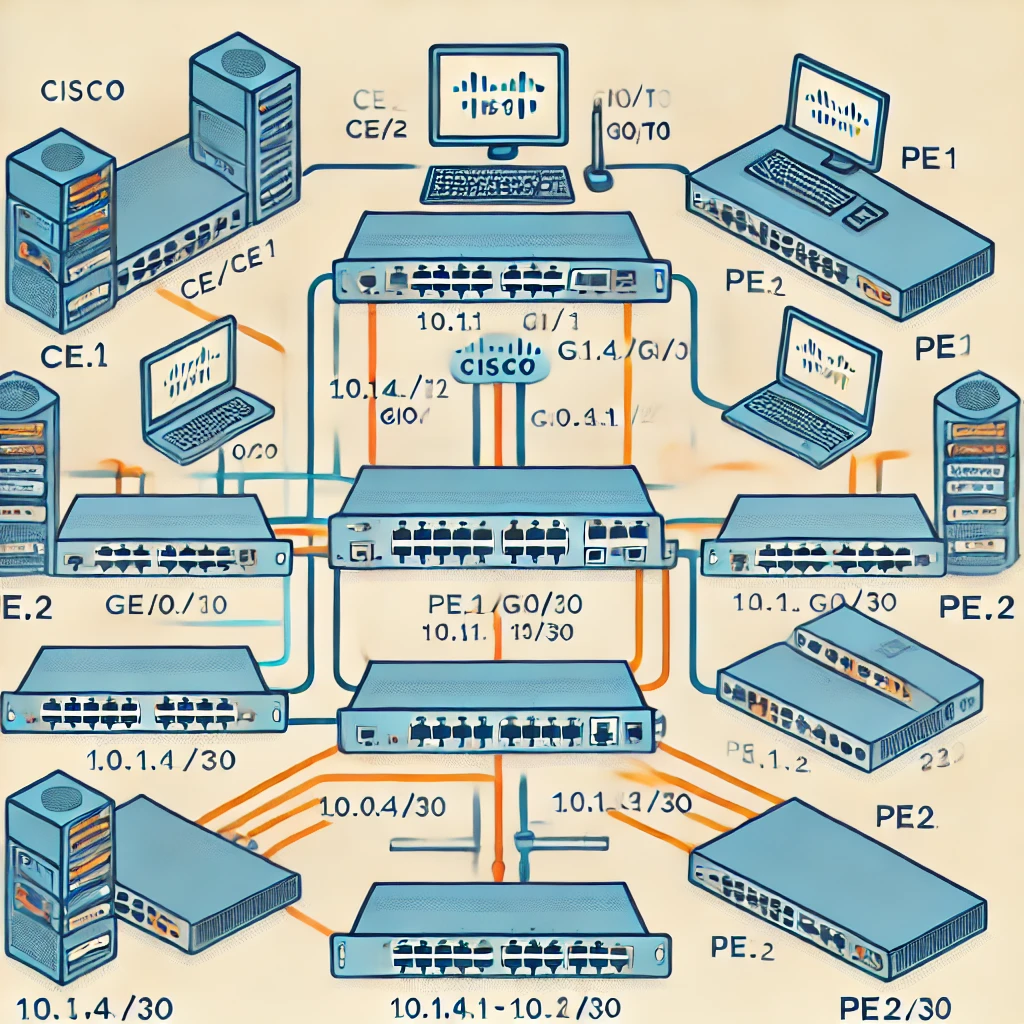🚀 Troubleshooting RSVP-TE in an MPLS Core Lab (EVE-NG)
 Bryan Steele
Bryan Steele
Spent some time in the lab fine-tuning RSVP-TE over an MPLS Core in EVE-NG. The goal? Build a fully operational LSP across the service provider backbone, ensuring label switching and TE constraints work as expected.
But... I ran into a classic issue:
Admin: up
Oper: down
Path: not valid
Signaling: Down
That’s a telltale sign that RSVP signaling isn't forming. Here’s how I fixed it step-by-step:
✅ Checked RSVP on all core interfaces
🔍 show ip rsvp interface – Found RSVP was missing on a transit link. Added ip rsvp bandwidth, and immediately, neighbors started forming.
✅ Validated RSVP Neighbors
🔍 show ip rsvp neighbor – No neighbors initially. After fixing RSVP on PE1 ↔ P1 ↔ PE2, the tunnel started to signal correctly.
✅ Confirmed IGP Reachability
🔍 ping 2.2.2.2 source 1.1.1.1 – The destination loopback (RSVP-TE endpoint) must be reachable via OSPF/IS-IS.
✅ Checked Label Forwarding
🔍 show mpls forwarding-table – Ensured label bindings were properly allocated along the LSP.
After fixing these, the tunnel went operational, and traffic started flowing via the TE path:
Oper: up
Signaled-Path: Yes
In-use path: dynamic
🔥 Key takeaways:
• RSVP neighbors must form (both sides need ip rsvp bandwidth).
• IGP must be solid (loopbacks must be reachable).
• MPLS must be enabled on all core-facing interfaces.
• trace route mpls(traceroute mpls ipv4) is your best friend.
Check out my lab topology below! Would love to hear how others troubleshoot RSVP-TE issues in real-world deployments.
Do you prefer LDP or RSVP-TE for MPLS Traffic Engineering?
What’s the trickiest RSVP-TE issue you’ve had to troubleshoot?
Subscribe to my newsletter
Read articles from Bryan Steele directly inside your inbox. Subscribe to the newsletter, and don't miss out.
Written by

